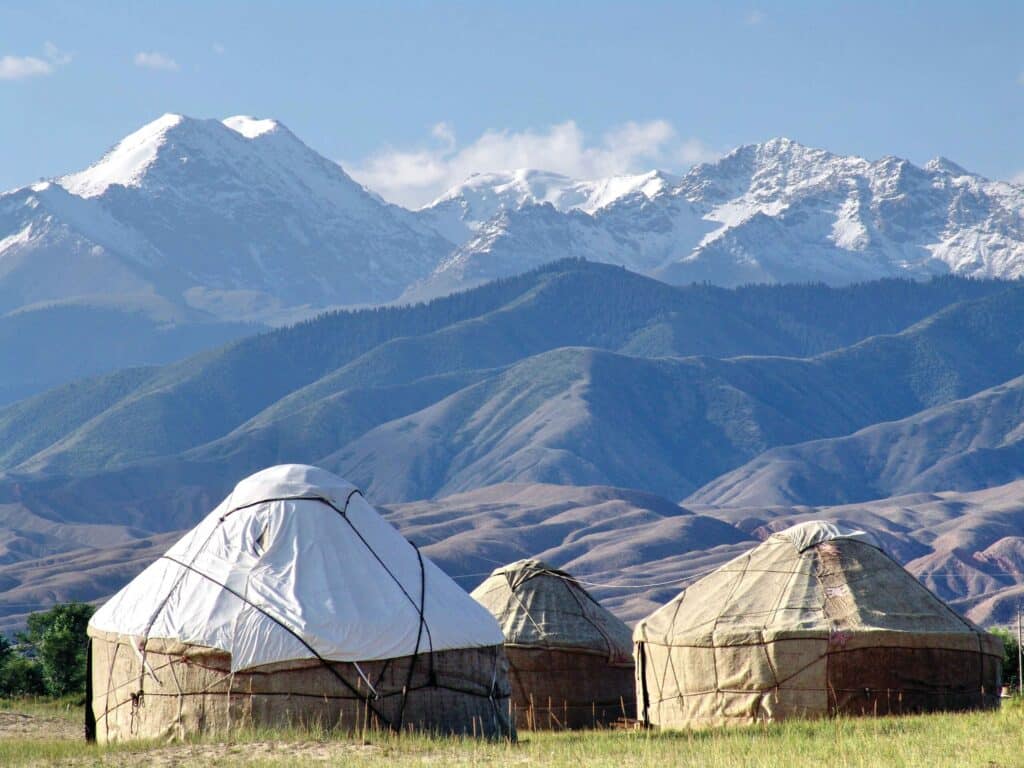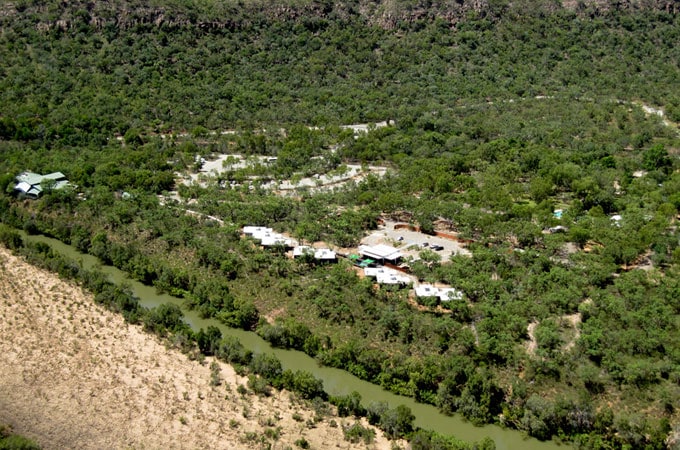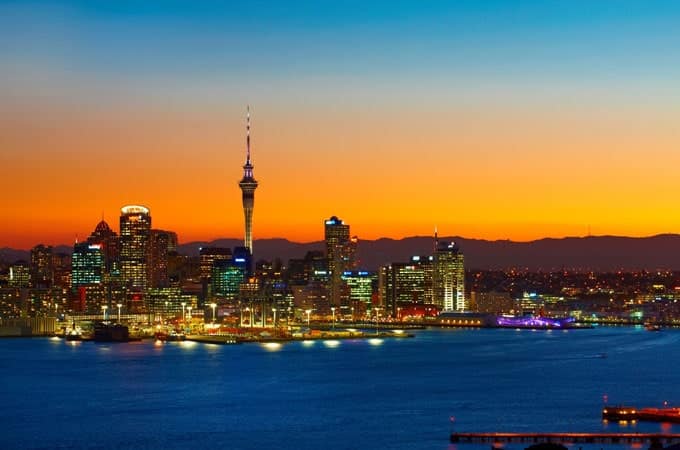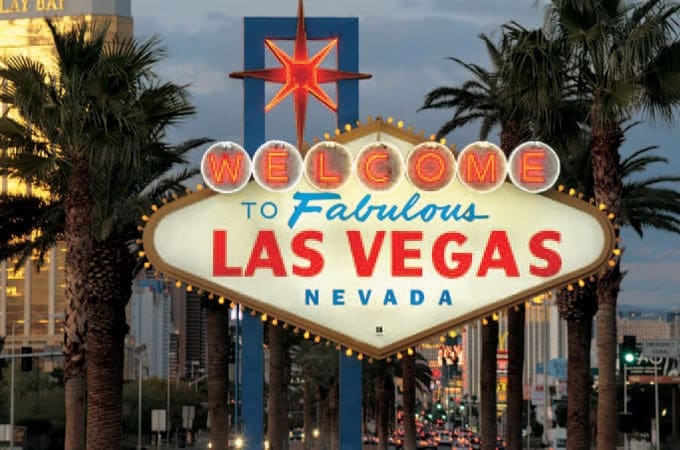We all enjoy a relaxing vacation on a beach, but sometimes our souls crave adventure – a trip to somewhere extraordinary that takes us out of our comfort zones. These trips allow us to explore more of the world, explore new destinations, push ourselves physically, step out of our comfort zone, and create memories that last a lifetime.
If you’re looking for inspiration for your next adventure holiday, Ginny Cumming has uncovered some soul-stirring places and remarkable experiences that you won’t find anywhere else on Earth. From tropical fjords to ancient lost cities, the world’s oldest desert to some of the most jaw-dropping wilderness on the planet, get ready for a serious case of wanderlust.
1/ Salar de Uyuni, Bolivia
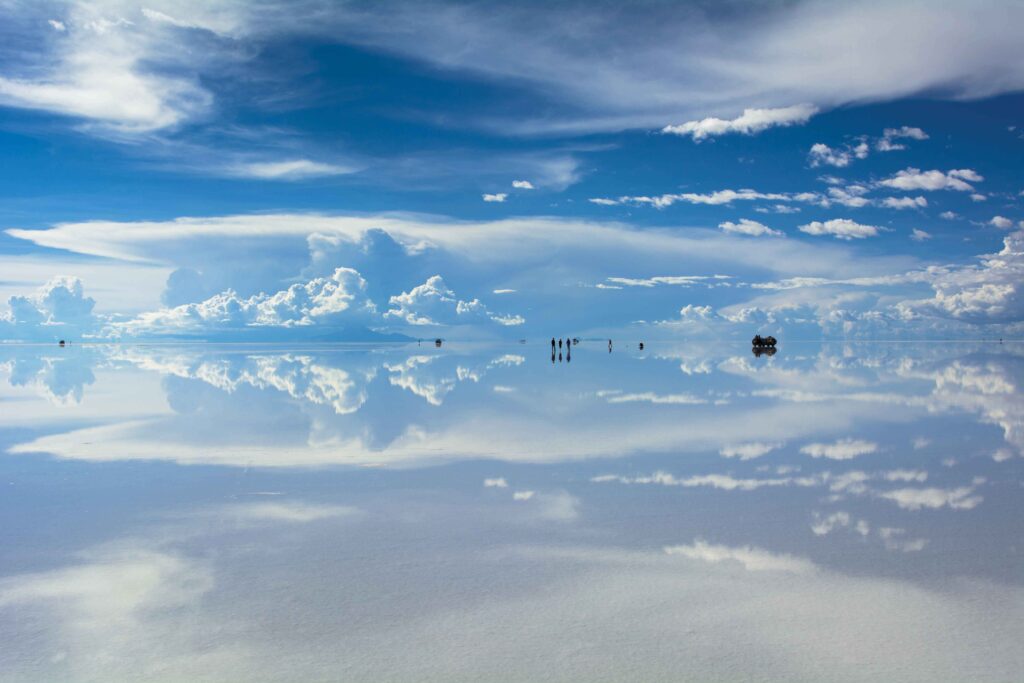
The largest salt flat on the planet covers a staggering 12,000 square kilometres in southwest Bolivia – and contains around 11 billion tons of salt. When dry, it looks like a glittering ocean or blinding white snowfield that stretches as far as the eye can see.
But during the rainy season it’s covered in crystal-clear water, mirroring the sky above to create an otherworldly illusion of infinity. The horizon seems to vanish altogether and you’ll get incredible reflection photographs in the world’s largest natural mirror.
Oh, and this is also one of the best places on Earth to witness mind-boggling sunsets and go star-gazing. Who says you need a beach for romance?
Insider info: Can’t make it during the rainy season for the famous “giant mirror” reflection photos? Be sure to take some props along for some fun perspective shots instead.
2/ Montgomery Reef, Australia
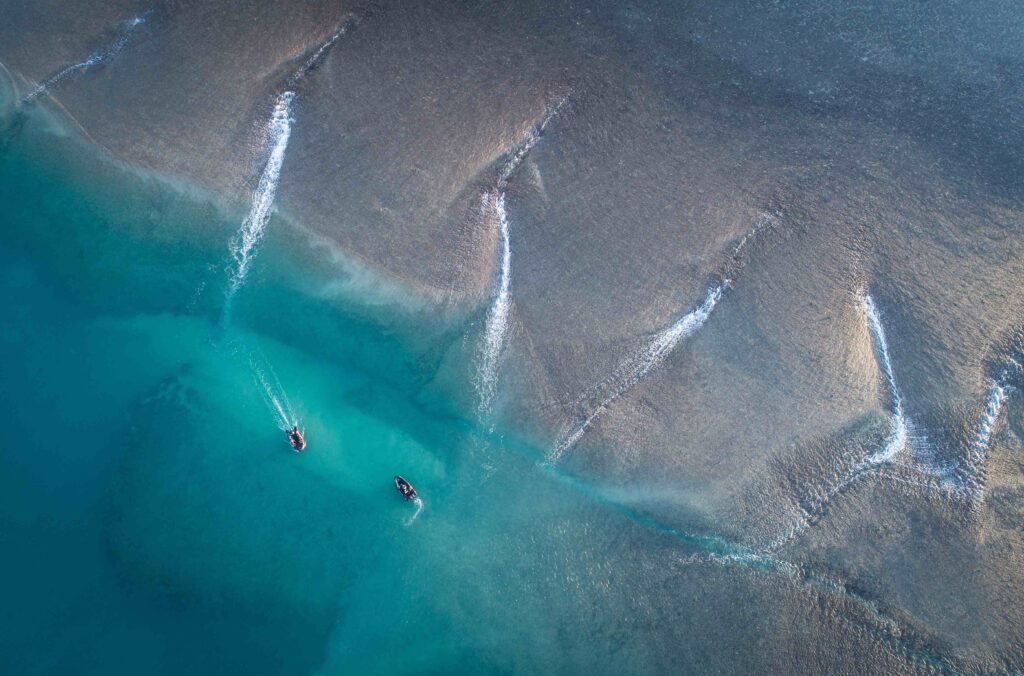
Montgomery Reef could well be the most extraordinary natural phenomenon in Australia that you’ve never heard of. Located about 20 kilometres off the southern Kimberley coast of Western Australia, close to Yawajaba Island, this coral reef is huge: about 80 kilometres long and more than 300 square kilometres.
You probably think you’d need to don some diving gear to get the best view of a reef, but not this one. This reef is special. Thanks to some of the biggest tidal changes on Earth (up to 10.5 metres in just 12 hours), when it comes to viewing Montgomery Reef the best seat in the house is actually on top of the water. That’s because when the tide falls, the reef appears to rise out of the ocean like a magician’s levitating act, and the water rushes down the sides in hundreds of cascading waterfalls. It is truly a sight to behold. And then later, as the tide rises, the reef disappears again before your very eyes. It’s a dramatic and unique phenomenon, and definitely one for your Australian bucket list.
Insider info: Montgomery Reef is a protected marine park so if you’re lucky you might see dolphins, humpback whales, turtles, dugongs, manta rays and even epaulette sharks which can – wait for it – walk on the reef on their fins.
3/ Lençóis Maranhenses National Park, Brazil
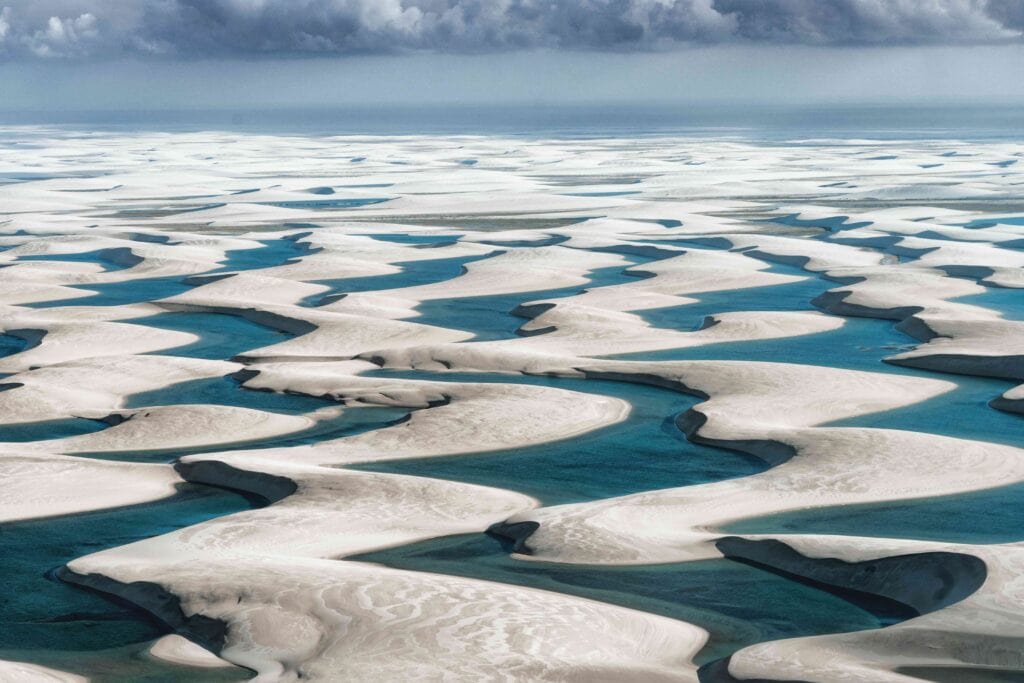
Nope, we can’t pronounce it either, but if you like otherworldly landscapes and unique experiences, then trust us – you’ll definitely want to put Lençóis Maranhenses on your travel wish-list. Located in northeast Brazil, this UNESCO World Heritage Site is more than 1,500 square kilometres of brilliant white sand dunes that can reach more than 30 metres in height.
After the rainy season, the landscape is transformed, thanks to endless freshwater lagoons that form between the dunes and stretch out as far as the eye can see. The whole thing looks like it was custom-made for Instagram. Sandboarding is a must – scoot down the dunes straight into the water – or experience this phenomenon on 4×4 vehicles, quad bikes, horses or on a plane tour to view this wondrous sight from the sky.
Insider info: While you’re in the northeast of Brazil, pop over to Fernando de Noronha. In a country famous for its beaches, this archipelago of 21 islands features some of the most beautiful. It’s all waterfalls, towering cliffs, stretches of white sand, world-class diving, spectacular sunsets and – with a limit of just 100 at any time.
Related: Your honeymoon guide to Peru.
4/ The “Stans”
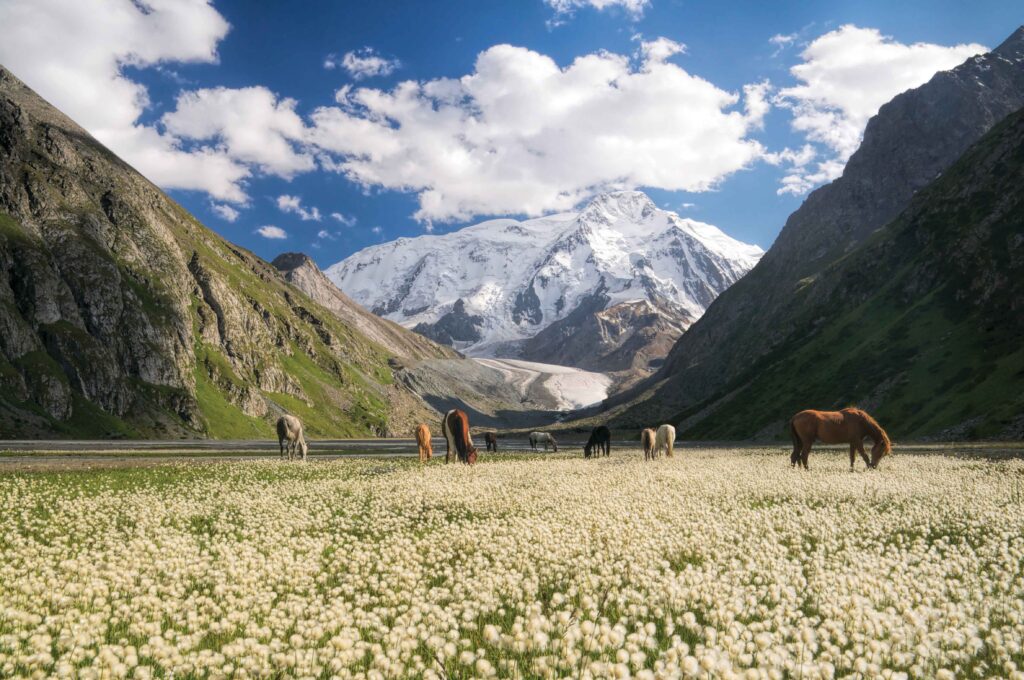
Okay, so we’re cheating here a bit and sneaking in five countries, but the “’Stans” – that is, Kazakhstan, Kyrgyzstan,Uzbekistan, Tajikistan and Turkmenistan – are totally worth it. Part of Central Asia’s famous Silk Road, this glorious corner of the world was named the top region to visit in in Lonely Planet’s prestigious Best in Travel list in 2020.
And it’s no wonder. This ancient trading route offers, quite simply, some of the most jaw-dropping wilderness on the planet:dramatic deserts and canyons, insanely picturesque lakes and valleys, and snow-capped mountain ranges. And because these are some of the most sparsely populated countries on the planet, you get to experience all of this in, pretty much, blissful solitude. For now, at least. Central Asia might feel like it’s off the beaten path, but it probably won’t stay that way for long, especially with new visa regulations making visiting the ’Stans more accessible than ever before.
Insider info: It’s not just about glorious natural settings. Central Asia is also home to some truly fascinating cities, like Samarkand in Uzbekistan. This is the city where Scheherazade told her stories in1001 Nights. It’s also home to the Registan, a grand square considered one of the most beautiful in the world. Enormous and impossibly ornate, a visit to this marvel of mosaics is an absolute
5/ Skeleton Coast, Namibia
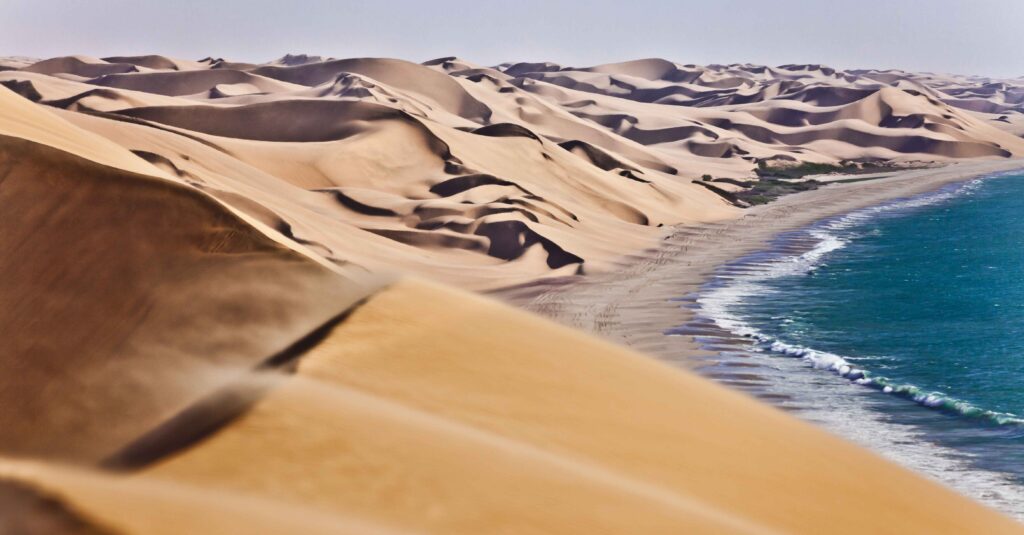
The San Bushmen christened this region in north-western Namibia, “The Land God Made in Anger” – and it’s easy to see why. Stretching for 500 forbidding kilometres, the coast sits at the edge of the world’s oldest desert, the Namib, where soaring 100 metre-high dunes plunge into the icy waters of the Atlantic Ocean. The Skeleton Coast is littered with hundreds of shipwrecks and the countless bleached whale bones that gave this area its name.
Despite all this, it’s utterly compelling and continues to attract visitors from across the globe. It’s divided into two sections, but for the true adventurer, there’s only one option: the northerly Skeleton Coast National Park. Only about 800 people visit here annually, going completely off-grid in the process. It’s one of the most remote regions in all of Africa, so access is only with a certified operator and usually via light aircraft. Its stark and dramatic natural beauty will leave you breathless; the adventures you’ll experience even more so. There’s nowhere else like this place on Earth.
Insider info: More than one animal has adapted to life on this bleakly beautiful coast, but it’s the elusive desert lion that’s top of everyone’s list. And if you happen to spot this predator stalking one of the Cape fur seals that line the shore in their thousands, you can really tick off your Skeleton Coast wildlife bingo card.
6/ The Outer Hebrides, Scotland
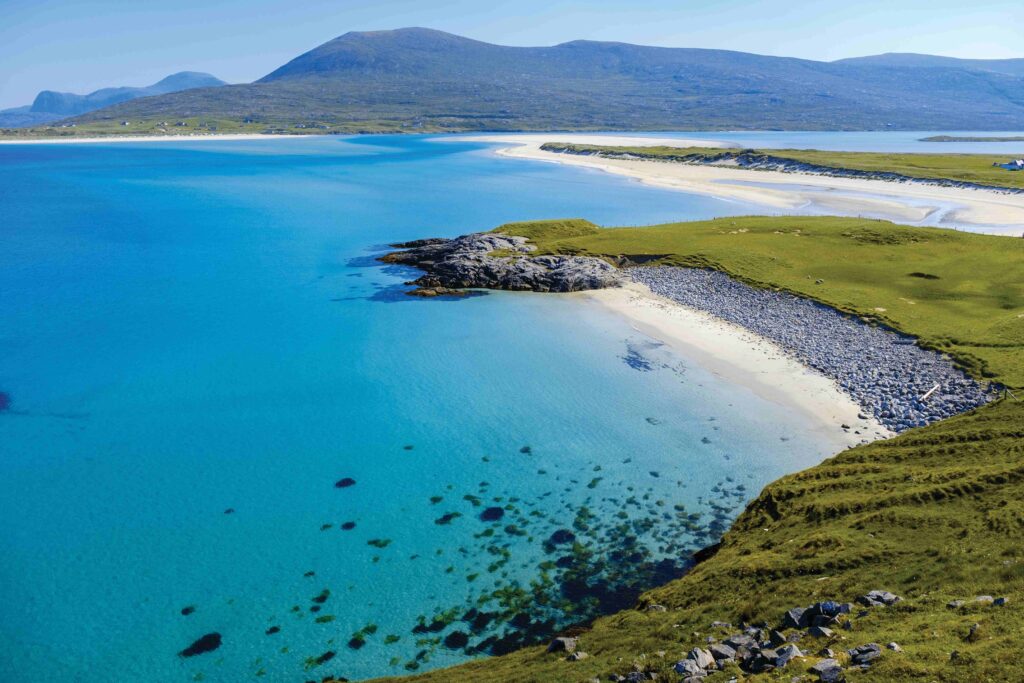
If you‘re looking for dazzling white sandy beaches and zero crowds, head to the Outer Hebrides, a necklace of 119 islands lying off the west coast of Scotland. Also known as the Western Isles, it’s one of those perfect places: easy to access, but properly empty and remote. Seriously: head west from here and there’s nothing but the North Atlantic Ocean until you hit Greenland.
Unlikely as it may seem in this part of the world, these islands are home to some picture-postcard beaches that wouldn’t look out of place in the Caribbean (just don’t expect to be served a mojito – whisky’s the obvious drink of choice when you’re in Scotland).
They’re also home to lochs, rugged mountains, tiny fishing villages, ancient stone monuments, the famous Harris Tweed, charming cottages… and endless, wild beauty. For those sublime sandy beaches don’t miss a trip to Harris Island or the tiny island of Barra. This is also the place that offers the most memorable way to arrive in the Outer Hebrides: in a plane, landing on the actual beach, completely at the mercy of the tides.
Insider info: “Lewis and Harris” is actually one island, but often referred to as two totally separate isles. Just go with it, it’s all part of the charm.
Related: Scotland’s Wild West by Kyak
7/ Hang Son Doong, Vietnam
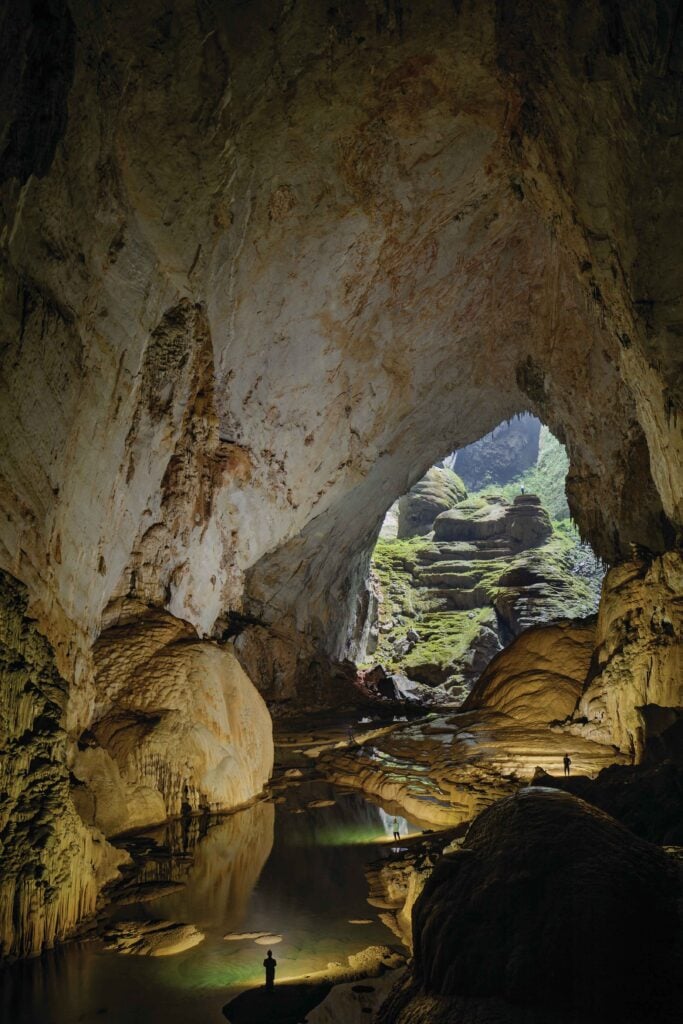
If you fancy a bit of spelunking on your next trip, Hang Son Doong (“Cave of the Mountain River”) on Vietnam’s north-central coast could be the place for you. It will also give you epic bragging rights – let these facts sink in for a moment: The cave is nearly three million years old, but only opened to the public in 2013. To put it another way, fewer people have seen the inside of this cave than have stood on the summit of Mt Everest.
Another thing: it is massive. Sorry, did we say massive? We mean MASSIVE. It’s almost nine kilometres long and, in places, reaches as high as 200 metres and as wide as 160 metres. That’s big enough to fit an entire New York City block of 40-storey skyscrapers. Entering the cave is an adventure in itself: you have to abseil down 80 metres. What you’ll find when you get there will blow you away.
Hundreds of thousands of years ago the roof of the cave collapsed, allowing natural sunlight to shine through and help give life to, well, the sort of life that just shouldn’t be possible in a subterranean world like this. We’re talking an entire world with trees (some more than 30 metres tall) and animals, living almost 200 metres beneath the surface of the Earth. Jules Verne would have loved this place. A large underground river flows through Son Doong (hence its name), and there’s an underground lake to row across before you climb (in a harness) the 80-metre-high “Great Wall of Vietnam”.
Insider info: Only 1,000 visitors are allowed into the caves each year, and adventure travel company Oxalis (oxalis.com.vn) is the only company with the rights to conduct the tours.
Related: Your Comprehensive Travel Guide to Vietnam
8/ Tufi, Papua New Guinea
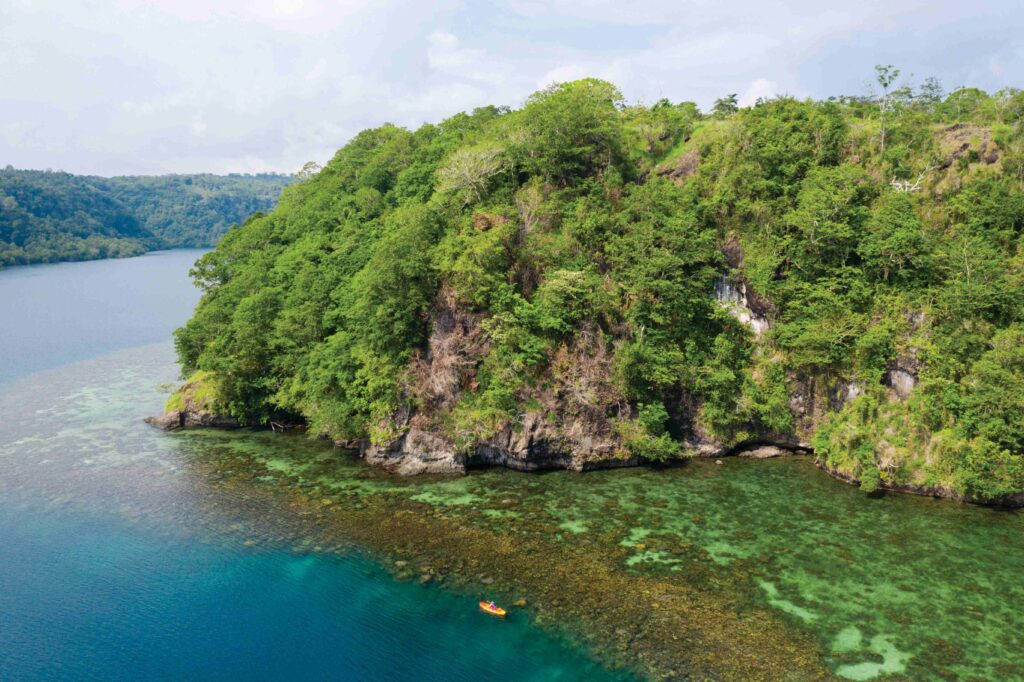
Depending on your source, there are just three, or maybe four, places with tropical fjords in the world. The stunningly beautiful Cape Nelson, on the eastern shores of Papua New Guinea, makes the list either way. While traditional fjords were carved out by glaciers, these were created by the lava from ancient volcanoes. The lava flowed into the sea, forming steep-sided fjords (technically called rias) along the way. They stretch out like tentacles; jungle-covered cliffs that reach as high as 150 metres and plunge down into aquamarine waters abundant with marine life.
Most of the fjords are deep, mysterious and virtually unexplored, but the waters around Tufi are renowned for their scuba diving, drift diving, sea kayaking, snorkelling and fishing – there’s even an oh-so relaxed resort where you can stay while you explore. Surrounded by mountains and coral reefs, this is one of the most remote and beautiful areas of PNG, which itself is one of the world’s last frontiers. Tufi ’s nicknamed the “Scandinavia of the Tropics”, but don’t worry, it’s all thanks to those fjords – there are no Ikeas or Abba superfans in sight.
Insider info: This part of the world is also home to the Queen Alexandra’s birdwing, the world’s largest butterfly.
9/ Ciudad Perdida, Colombia
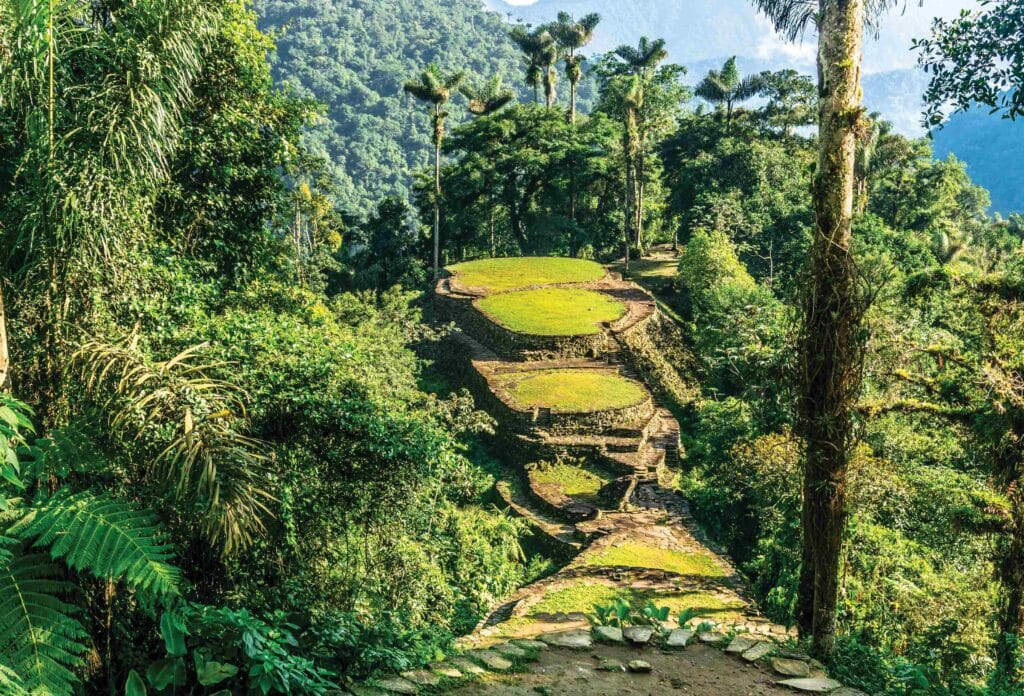
If you’ve always dreamed of going to Machu Picchu, but worry that overtourism may have dulled some of its charms, never fear: there’s another magnificent archaeological site carved into a hillside in South America. And it’s actually 650 years older than Machu Picchu. And, best of all, hardly anyone visits this lesser-known marvel: Ciudad Perdida, the “Lost City”.
Built more than 1,000 years ago, the abandoned ancient city features a series of 169 terraces carved into the Sierra Nevada de Santa Marta mountains in Colombia. The only way to witness its hidden splendours firsthand is on foot – there are no trains or tourist buses to take you here, à la Machu Picchu. It’s a gruelling multi-day hike of around 50 kilometres through dense jungle more than 1.5 kilometres above sea level. Expect high temperatures and humidity, 1,200 stone steps to climb… and glorious views to gaze upon in almost total solitude once you get to the top.
Insider info: It was only called Ciudad Perdida or the “Lost City” in the 1970s… and was never really lost. Its indigenous name is Teyuna.
10/ Transylvania, Romania
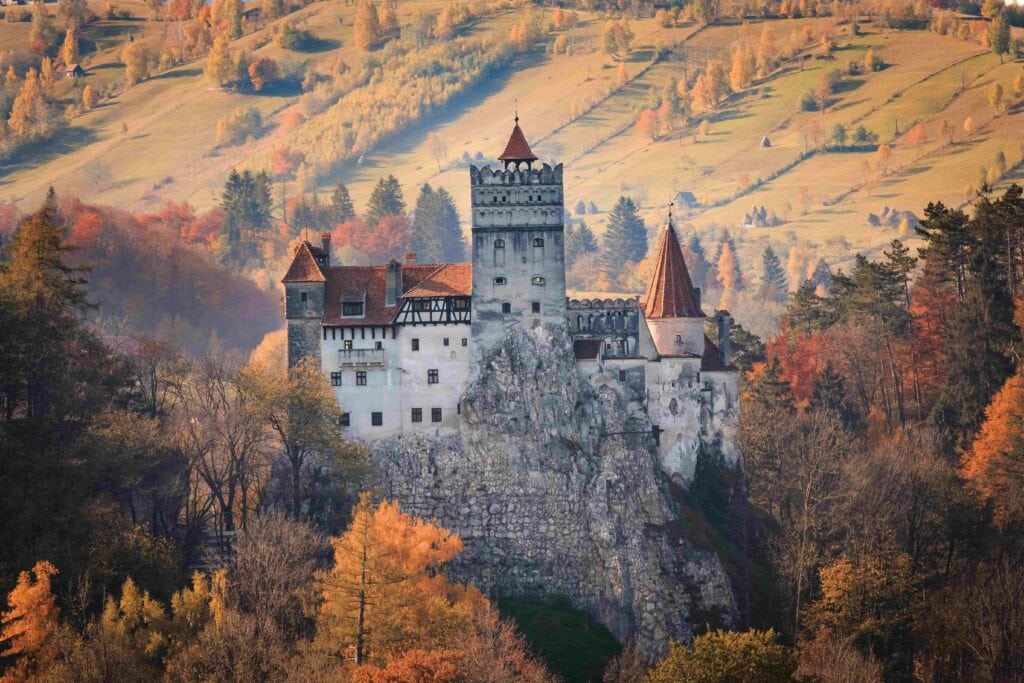
Transylvania in central Romania is hugely famous thanks to the legend of Dracula (mwah ha ha ha), but there’s so much more to this exquisite part of the world than just vampires. Okay, so you’ll want to visit Bran Castle, the so-called home of Dracula (spoiler alert: Dracula didn’t live here. Dracula wasn’t real). It’s well worth a visit anyway – and let’s not let the truth get in the way of a good story! While you’re there, head to the nearby, pastel-coloured town of Brasov, home to some of the best architecture in Romania and, um, a Hollywood-style sign gazing down over it all.
Brasov is encircled by the Carpathian Mountains; majestic snow-capped peaks where life goes by at a different pace, and you might just find yourself stuck behind a bullock-drawn hay cart. You can go trekking for brown bears in the wild forests, or just trekking – the Carpathians are renowned among hikers. All over Transylvania you’ll find medieval villages, wooden churches and a thriving folk-art culture. It’s like Europe from another age. Go now. You’d be batty if you didn’t.
Insider info: Don’t let the myths fool you: Bram Stoker, who wrote Dracula, was an Irishman who never even visited Romania.
Related: Off The Radar European Destinations (Discover These Hidden Gems Before Everybody Else Does!).
